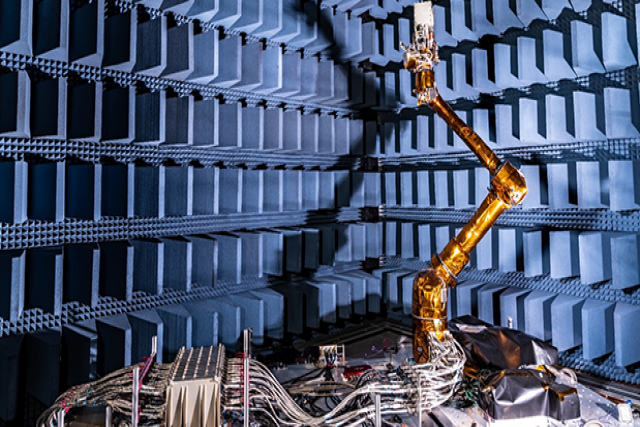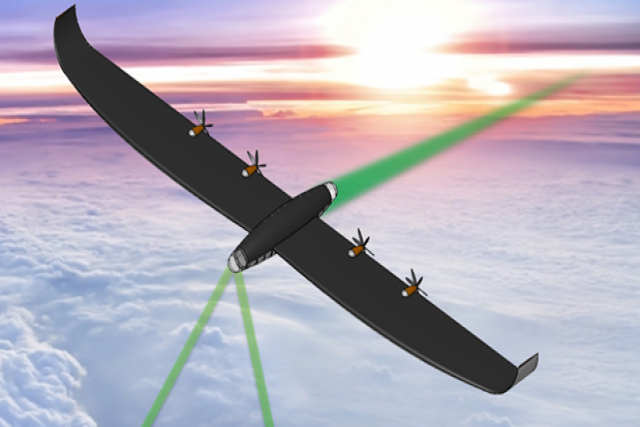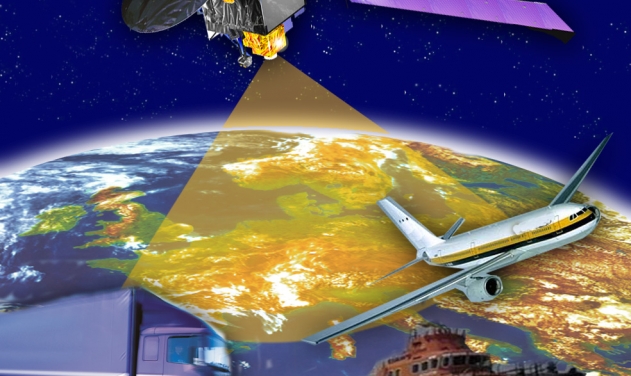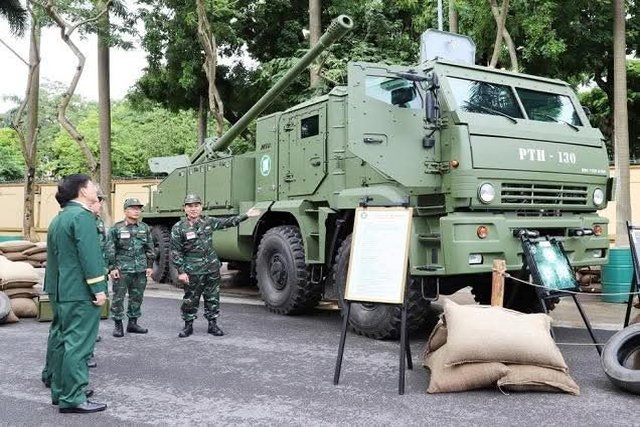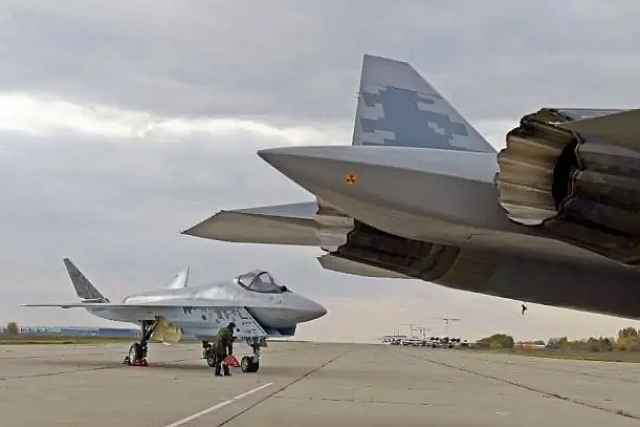DARPA to Improve Heat Removal System to Boost RADAR Performance

The U.S. Defense Advanced Research Projects Agency (DARPA) is working on improving heat removal system to boost performance of RADAR systems under the THREADS project.
Military and civilian uses for radar range broadly, and the possibilities for radar applications expand almost every day. Whether they are being used to navigate, control air traffic, track weather patterns, carry out search-and-rescue missions, map terrain, or countless other functions, radar technologies are constantly advancing.
As radio-frequency (RF) systems, radar capabilities hinge on the ability to sense and communicate across long distances while maintaining signal strength. Powerful RF signal capabilities extend mission-critical communications and situational awareness, but the microelectronic technologies that strengthen RF output – specifically, high power density transistors – must overcome thermal limitations to operate reliably and at significantly higher capacity.
Technologies for Heat Removal in Electronics at the Device Scale (THREADS) aims to overcome the thermal limits inherent to internal circuitry operations in general, and to critical power-amplifying functions specifically. Today, RF systems operate well below the limits of electronic capacity simply because the transistors, the basic building blocks of RF amplifiers, get too hot. With new materials and approaches to diffusing the heat that degrades performance and mission life, THREADS targets thermal management challenges at the transistor level.
Central to this effort will be reducing the thermal resistance involved in dissipating internal heat without degrading performance or increasing the footprint of the transistors key to advancing radar capabilities. To that end, the work under THREADS in overcoming thermal limits can help realize robust, high power density transistors that operate near their fundamental electronic limit – achieving new levels in amplifying RF output power.
“Wide bandgap transistors, such as gallium nitride (GaN), were developed specifically to improve output density in power amplifiers – and GaN does provide a greater than 5x improvement compared to previous-generation transistor technology. We also know that a further order-of-magnitude increase in power output is possible in GaN, but it can’t be realized in sustained operation today due to excessive waste heat,” said Thomas Kazior, the DARPA program manager for THREADS. “If we can relax the heat problem, we can crank up the amplifier and increase the range of radar. If the program is successful, we’re looking at increasing the range of radar by a factor of 2x to 3x.”
